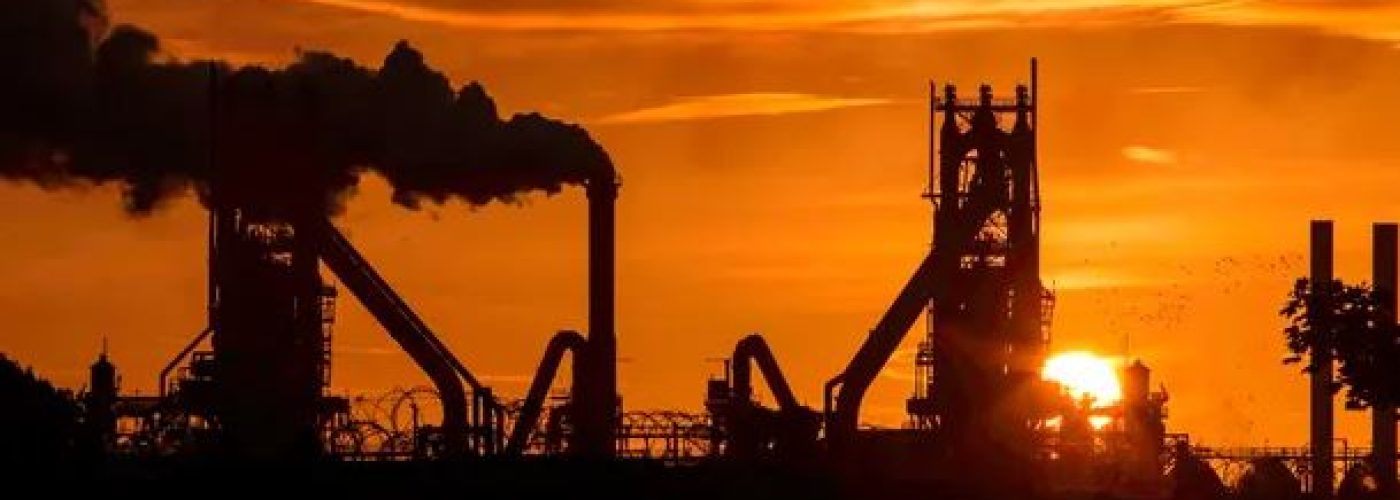Recent correspondence from British Steel has indicated increases in the cost of steel sections, the step increase in the cost of steel is very high considering the volatile market structural steelwork fabricators are working under. The problem here is that the market rate for structural sections has been for far too long at a level that is unsustainable for steel mills to be viable. Equally, the market rate for fabricated structural steelwork is equally unsustainable in the long term when you consider part of the business is a bespoke design and detailing service, coupled with a semi-production type business, followed by unique sites requiring unique solutions.
Recently, due to demand in other parts of the world, the cost of iron ore has almost doubled since March 2020 to a figure of $160 USD/dmt. Metallurgical Coke has also risen in the order of 45% during the same period. These two commodities being vastly important in determining the market rate of BOS produced steelwork.
In a similar way, scrap has also recently increased in value by circa 70% from March 2020 to a price of $425 USD/t. With scrap being an important component of EAF produced steel, we would expect Arcelor to increase their prices in a similar way.
It was explained to me over twenty years ago that any increase in the price of steel is headline news, whereas any increase in concrete just seems to go under the radar of the news outlets. Historically, an increase in the price of steel is swiftly followed by an increase in the price of concrete by a similar margin, I’m sure an economist would be using the term, “The Law of one Price” at this stage.
I think we all know that the price of structural frames, irrespective of the material are set at a very low level due to the large capacity of the Tier 2 framing sub-contractors. These Tier 2 sub-contractors have for years being providing excellent frames at prices with wafer thin margins for decades. The resilience of Tier 2 sub-contract framing providers to events and changes beyond their control is nothing short of staggering.
What is required is a very steady increase in the market rate of buildings such that all levels of the supply chain are making a reasonable margin for the risks they are taking in the construction industry, all the way from Tier 1 Principal Contractors, to Tier 2 sub-contractors and down the line to Tier 3 sub-contracts and suppliers. Historically, going back in the order of twenty years the steel mills used to try to maintain steady increases to their product by accepting the risk of buying iron-ore, coke, scrap and energy prices within their price structure. When demand for steelwork increased dramatically in China, circa 2004, the steel mills changed direction and decided their business model was not working and began pricing steel with rapid fluctuations in commodity items being passed down to their customers, namely Tier 2 sub-contractors. Perhaps, this was necessary to keep steel mills operational, as we all know the UK steel producer has been a serial loss maker for far too many years. The problem with this approach was now the fluctuation in the market rate of a commodity passed up the chain rapidly, which upsets the market rhythm by blowing budgets every time commodity prices increase, leading to further delays, further depressed prices as fabricators become nervous about not having enough work to meet contribution in their factories. So, it is not great when the commodity increases in price, but it must be great when the commodity reduces in price due to a lack of demand. Well the problem here is that there are simply too many steelwork contractors chasing too little structural steelwork, a hint of a dip in the price of steel is passed to the Tier 1 contractors probably at a faster pace than an increase as steelwork contractors push for an edge in an over saturated market.
What is for certain when everybody in the construction industry has suffered the consequences of the uncertainties of BREXIT and the continued uncertainties of COVID, the last thing the industry wanted was what is seen by many has a large increase in the market rate of steel. Budgets for many future contracts will be based on artificially low framing prices and the result is going to be delays in contract awards, further value-engineering exercises and someone in the supply chain is going to ultimately “catch a cold”. Ideally this will be equally shared out throughout the supply chain from the clients right down to the suppliers, but I’m not confident that this will happen. I suspect there will be further delays to contracts commencing, which will make 2021 a much tougher year than already expected. What is for certain a “race to the bottom” in pricing will do nothing to maintain the quality of fabricated steelwork in the market.





